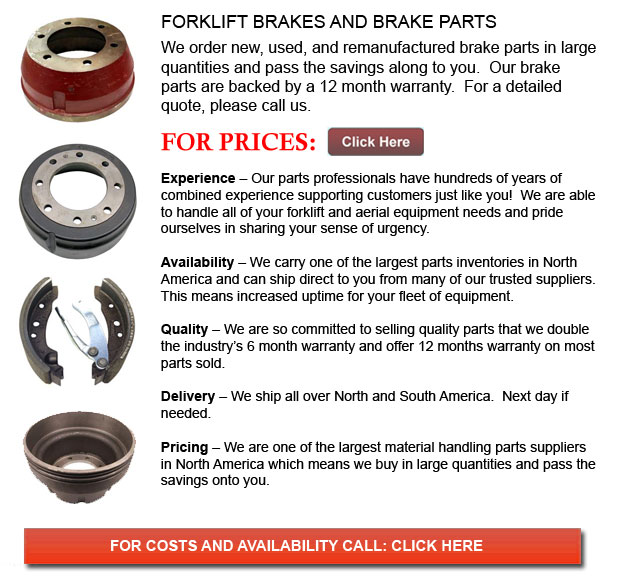
Forklift Brakes - A brake drum is in which the friction is supplied by the brake shoes or brake pads. The pads or shoes press up against the rotating brake drum. There are several various brake drums types along with certain specific differences. A "break drum" will normally refer to whenever either pads or shoes press onto the interior outside of the drum. A "clasp brake" is the term utilized to describe if shoes press next to the outside of the drum. One more type of brake, referred to as a "band brake" uses a flexible band or belt to wrap around the exterior of the drum. If the drum is pinched in between two shoes, it could be called a "pinch brake drum." Similar to a typical disc brake, these types of brakes are somewhat uncommon.
Early brake drums, previous to 1955, needed to be constantly adjusted to be able to compensate for wear of the shoe and drum. "Low pedal" could cause the required modifications are not carried out sufficiently. The motor vehicle could become dangerous and the brakes can become useless whenever low pedal is combined together with brake fade.
There are several different Self-Adjusting systems for braking existing today. They could be classed into two individual categories, the RAD and RAI. RAI systems are built in systems that help the tool recover from overheating. The most recognized RAI manufacturers are AP, Bendix, Lucas, and Bosch. The most well-known RAD systems comprise Volkswagen, VAG, AP, Bendix and Ford recovery systems.
Self adjusting brakes usually use a mechanism that engages just if the vehicle is being stopped from reverse motion. This stopping technique is suitable for use where all wheels make use of brake drums. Most vehicles nowadays use disc brakes on the front wheels. By working only in reverse it is less likely that the brakes will be applied while hot and the brake drums are expanded. If adjusted while hot, "dragging brakes" can take place, which raises fuel expenditure and accelerates wear. A ratchet tool which becomes engaged as the hand brake is set is another way the self repositioning brakes may operate. This means is only appropriate in functions where rear brake drums are used. If the emergency or parking brake actuator lever goes beyond a certain amount of travel, the ratchet developments an adjuster screw and the brake shoes move in the direction of the drum.
Placed at the bottom of the drum sits the manual adjustment knob. It could be tweaked utilizing the hole on the other side of the wheel. You would have to go beneath the vehicle utilizing a flathead screwdriver. It is extremely vital to be able to adjust every wheel equally and to be able to move the click wheel properly since an uneven adjustment may pull the vehicle one side during heavy braking. The most effective method in order to make sure this tedious job is completed safely is to either lift each wheel off the ground and spin it by hand while measuring how much force it takes and feeling if the shoes are dragging, or give every\each and every one the exact amount of manual clicks and then do a road test.
![]() Click to Download the pdf
Click to Download the pdf
Forklift Parts
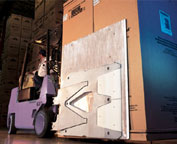
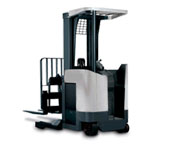

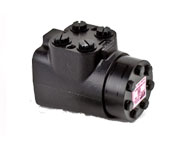
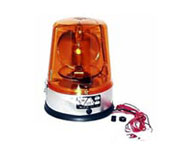
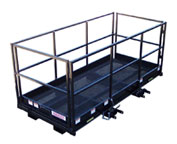
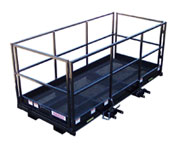
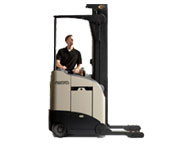
Lift Parts Express
TOLL FREE: 1-888-695-7994
Camden, New Jersey
forkliftpartscamden.com
Email Us
About Us


